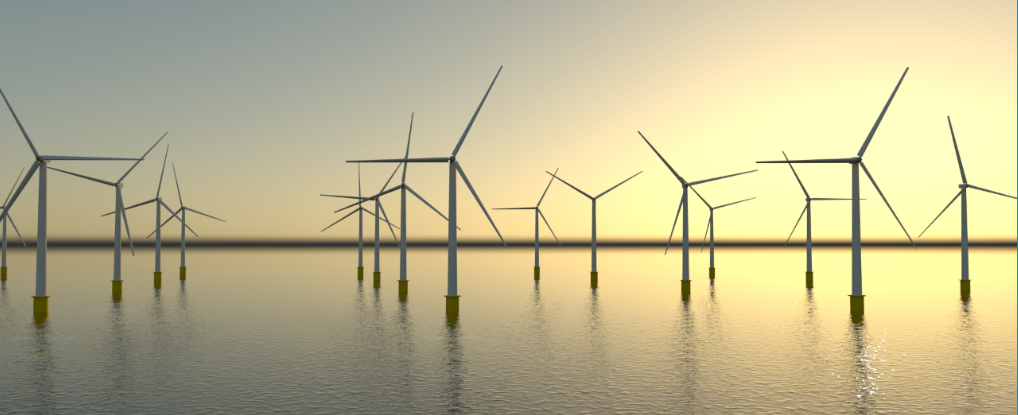Conclusions

Key Findings
The HOWaT concept was found over the course of the project to have many very promising features. Tidal technology's potential for predictable energy generation to counteract the stochastic nature of a wind resource was a major selling point. Furthermore, by combining two systems in the area normally required for one, the potential for a higher energy density can be realised. This is a very important factor with fishing areas, habitats, and shipping routes covering much of the available sea area.
At the beginning of the research stage, the additional reinforcement required to ensure the structural integrity of a hybrid system was a concern. However, our thorough structural analysis found that only minimal alterations were required, namely the increasing of monopile thickness from 70mm to 85mm.
Two substantial costs of both wind and tidal systems are the transmission lines and foundation. By sharing these elements, we saw major savings on capital costs. This results in a concept which looks like becoming feasible in the not so distant future.
From performing an Environmental Impact Assessment for the case study of Islay no significant further impacts beyond those already expected from offshore wind or tidal farms were found. However, this must be taken on a case by case basis as every location will pose different environmental and social considerations.
In financial terms, our technology is predictably a more expensive option than offshore wind currently. The viability of our project going forwards is dependent on the improvement and refinement of tidal technology. Our financial analysis highlights the extensive reliance of developing renewable technology on government subsidy. The UK government is moving its support behind offshore energy generation but with the unpredictability of future policies, it is hard to say how this will continue. It must be remembered that these high subsidies must be paid for through taxation and so must be supporting technologies with the ability to exist without government aid in the future.
Future Analysis
The scope and duration of our project didn’t allow for us to consider everything we would have liked to. Further from the structural analysis, extra research into the potential problems caused by vibration would be beneficial in evaluating HOWaT. A more detailed financial analysis considering even larger array sizes would also be a useful follow on from our study.To add to the sustainable nature of our project, it would be benficial to improve on the environmental impacts with forms of enhancement. This would be planned based on location and would ensure our project had positive impacts in all areas.
Finding suitable locations for HOWaT to be implemented could be a challenge. Requirements include having a strong wind and tidal resource, grid proximity, and appropriate sea depth. These will rule out many locations, however, with an assistive tool taking these parameters into consideration, we believe there will be sufficient sites in which to place HOWaT systems.